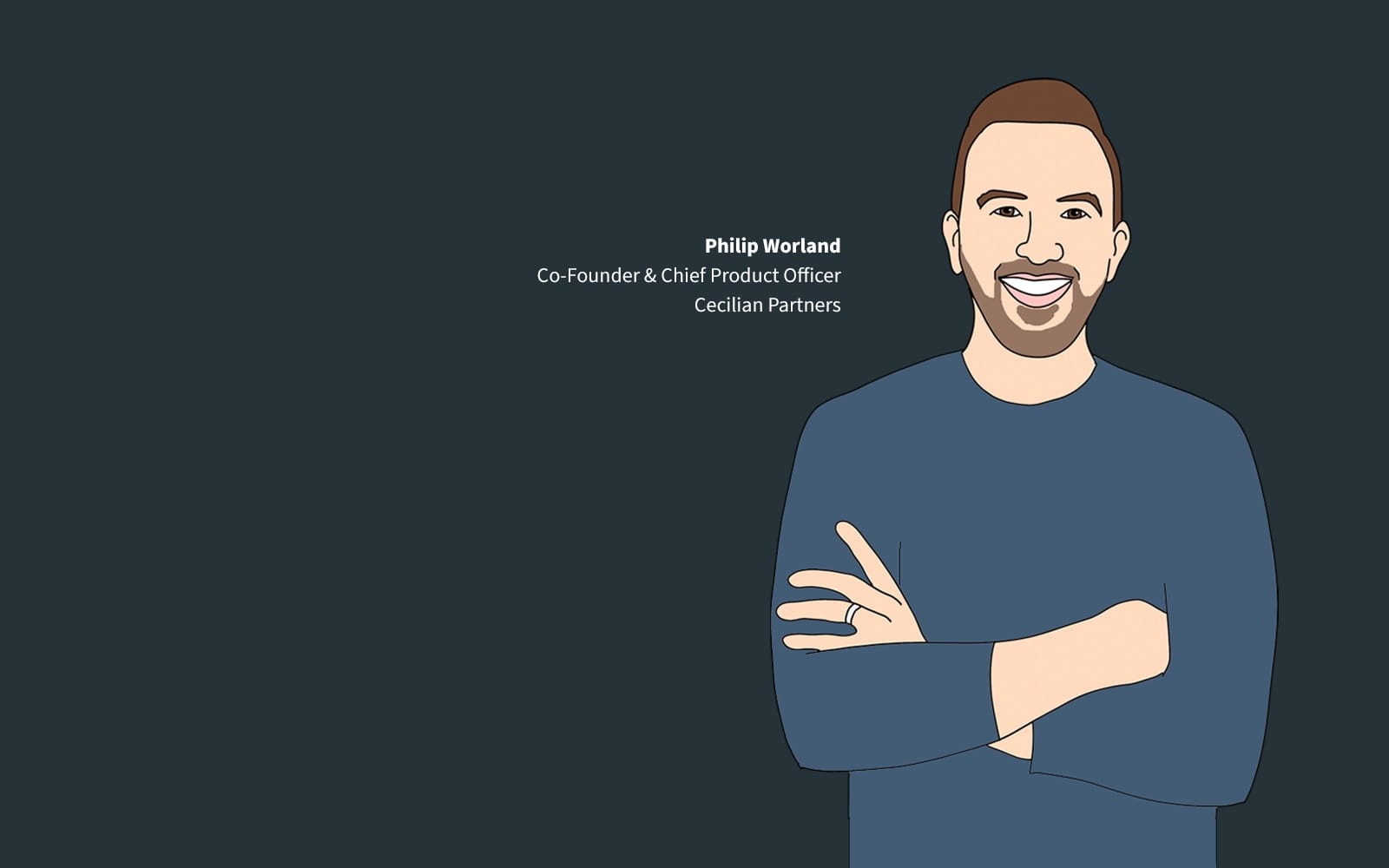Technology
What Separates Homebuilders Thriving Amidst 2025’s Chaos
Builders face rising stakes to unify tech, data, and operations or risk falling behind amid affordability, insurance, and labor challenges.

In a homebuilding business environment shaped by economic headwinds, volatile consumer sentiment, and intensifying structural pressures, one thing is clear: digital transformation is no longer a competitive advantage. It’s the new baseline for survival.
Across Q2 earnings calls, industry summits, and venture-backed innovation efforts, a singular through-line has emerged—builders and developers who remain tethered to analog systems are at growing risk of irrelevance. The digital imperative isn't theoretical anymore. It's economic. It's operational. And it’s existential.
At Lennar, Co-CEO Stuart Miller doesn’t mince words. In an earlier Q2 2025 earnings call, he lays it out plainly:
Our technology stack is driving efficiencies and enabling margin discipline at scale. The Lennar Machine is powered by unified data, integrated from land acquisition through to post-close warranty.”
This isn’t a casual update on IT initiatives. It’s the architecture of an operating model that’s rapidly pulling away from builders still cobbling together disconnected workflows across spreadsheets, legacy ERPs, whiteboards, and siloed CRM tools.

The New Operating Math
Why now? Because the fundamentals have changed.
The affordability abyss has widened—pricing more and more would-be homebuyers out of the market. At the same time, insurance volatility has escalated from nuisance to outright deal-killer in states like California, Florida, and the Carolinas. Meanwhile, the Federal Reserve’s “higher-for-longer” interest rate posture has pushed borrowing costs up across the value chain—from the capital stack to the consumer.
Builders aren’t just trying to protect gross margins. They’re trying to stay solvent.
In addition, the skilled labor crisis persists, as veteran trades retire faster than new talent enters the field, leaving build-cycle schedules increasingly fragile. Builders trying to speed up starts-to-closing timelines using analog tools are fighting today’s battle with yesterday’s weapons.
We’re operating in a new reality,” says Phil Worland, Co-founder and Chief Operating Officer at Cecilian Partners. “If the physical construction sub-stack—framing, MEPs, foundations—needs precision and performance, why wouldn’t your digital stack demand the same?”
Land-Light and Data-Heavy: The Strategic Pivot
Nowhere is this urgency clearer than in the industry’s rapid embrace of land-light and asset-light operating models. Public and private builders alike are shedding land risk from their balance sheets to gain flexibility and mitigate capital drag. But this shift comes at a price: everything else—sales velocity, start pacing, capital deployment, and lot takedown timing—has to run with clockwork precision.
You can’t go land-light unless you go data-heavy,” Worland emphasizes. “The only way to coordinate capital partners, field teams, marketing ops, and close-of-escrow execution is with real-time visibility across the system.”
This is where the concept of a robust digital tech stack comes into play—not as a software suite, but as an integrated, dynamic operating backbone. It’s how Lot Vault™, Cecilian’s land banking automation platform, is making inroads with developers and builder partners alike. The goal? Turn lot takedown schedules from PowerPoint fantasy into live, executable workflows with clear accountability, automated alerts, and decision-ready data.
Scott Spradley, former CTO at Hewlett-Packard and until recently the CTO at Lennar, frames this vividly during his presentation at the Innovative 50 Summit:
You can’t bolt digital onto analog systems and expect transformation. You have to rewire the business model from the inside out.”
That rewiring doesn’t just mean better software—it means realigned workflows, cultural change, and executive accountability for tech adoption outcomes. Spradley adds:
If your systems don't talk to each other, you're not running a business. You're babysitting chaos.”
Digital Isn’t a Department. It’s the Business.
It’s worth repeating: this isn’t an IT issue. It’s an organizational design issue. Builders born analog are being forced to rewire their cultural DNA—not just adopt tools.
That’s the focus of Cecilian Partners’ broader vision: helping homebuilders evolve not just in the cloud, but in how they think. In how departments collaborate. In how data becomes a shared asset, not a hoarded form of power. In how tech moves from reactive to predictive.
John Chambers, former Cisco CEO and longtime transformation evangelist, makes a similar point in a recent McKinsey podcast:
AI isn’t the future—it’s the now. Every company needs to reinvent itself as a digital-first organization or risk being disrupted.”
Chambers notes that the biggest transformation failures are cultural, not technical.
When companies lag, it’s usually because they fail to integrate technology into the core of their strategy—not because the tech isn’t available.”
Worland agrees.
The tools exist. What’s often missing is the courage to change the status quo. That’s where transformation either stalls or scales.”
Why This Matters Now
In boardrooms and field offices alike, homebuilding leaders face a growing paradox: their balance sheets reflect hard-earned growth, but their operating systems are still playing catch-up. And the stakes for closing that gap have never been higher.
Affordability pressures will not recede. Climate risk and insurance disruption are here to stay. Labor shortages won’t correct overnight. And the capital markets, whether public or private, are already rewarding companies with lean, tech-enabled models that generate velocity, transparency, and customer satisfaction.
This means that if builders don’t build out their digital stack to match the strength of their construction operations, they’ll eventually fall behind—even if their homes are still selling.
In today’s environment,” Worland says, “builders have to run as hard at data governance and system integration as they do at land deals and construction schedules—because all three are now inseparable.”
The Builder’s Daily Takeaway
Digital transformation isn’t just coming for homebuilding. It’s already here. The only real question is whether strategic and operational leaders choose to make it intentional—or whether they get swept up in a market that’s punishing those who don’t move fast enough.
With industry leaders like Lennar operationalizing integrated tech stacks, and solution providers like Cecilian Partners enabling digital coordination across the full land-to-close lifecycle, the pathway is clearer than ever. It’s not about “digitizing the front end.” It’s about wiring the whole business for performance in real time.
Builders who can make that leap—from analog legacy to digital leverage—won’t just survive this cycle. They’ll set the pace for what comes next.
Community development simplified. We transform the home buying experience with game-changing proptech for builders and developers.
MORE IN Technology
Andrin Homes Turns Customer Pain Into Business Culture Shift
Facing the toughest Toronto market in decades, Andrin operationalized a proactive homeowner experience strategy. What started as a service platform became a catalyst for team alignment, trust, and performance.
Homebuilding’s Hardest Test: Change As Core Competency
Residential development leaders are being forced to lead across timelines. Resilience means solving today’s air pockets with tomorrow’s customers in mind.
Pre-Development Is Where Velocity Happens: Here's How
In a high-cost, high-risk market, developers and builders must find every dollar and day they can save. Integrated digital pre-construction tools are quietly delivering outsized impact — if you know where to look.


